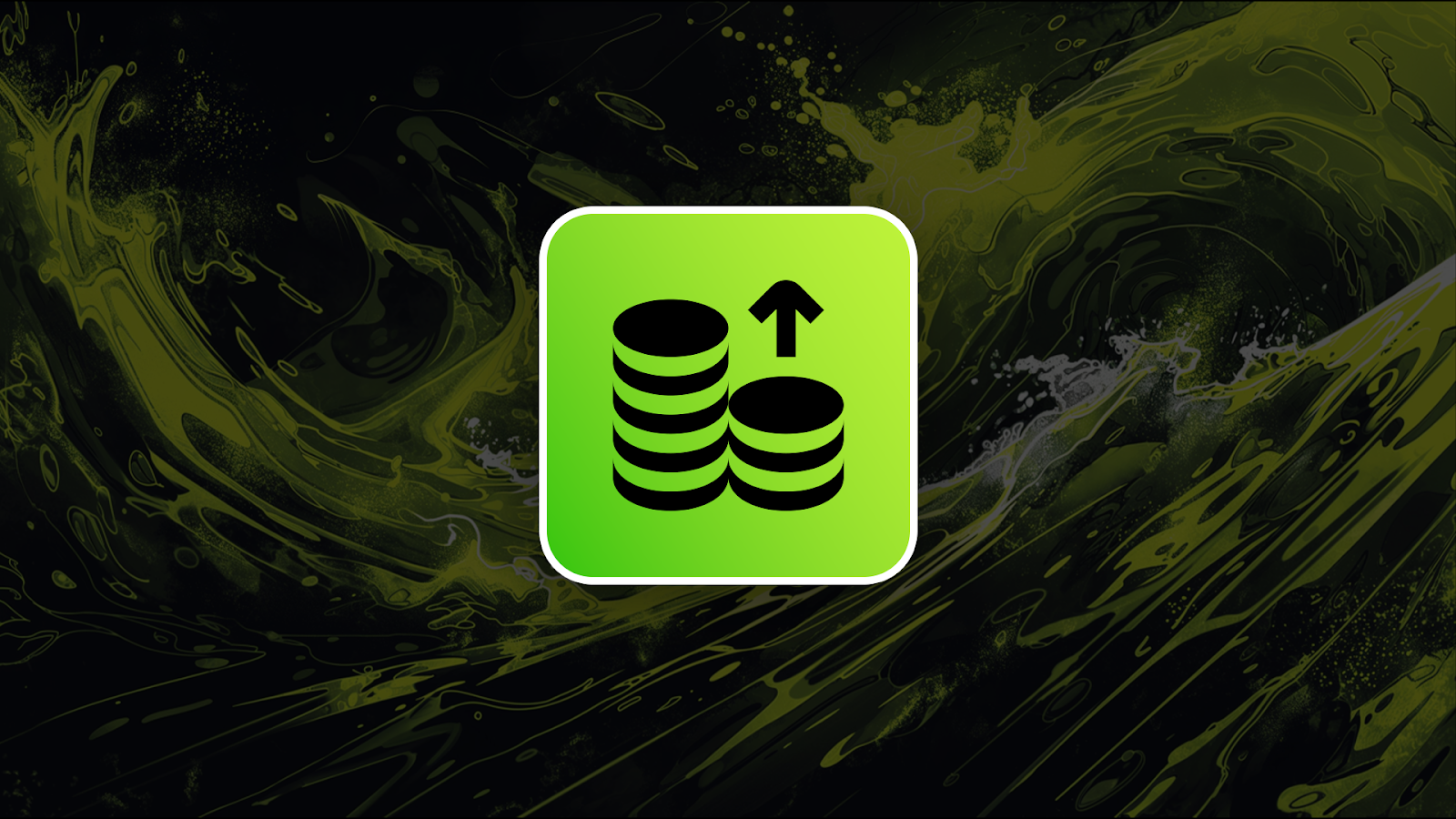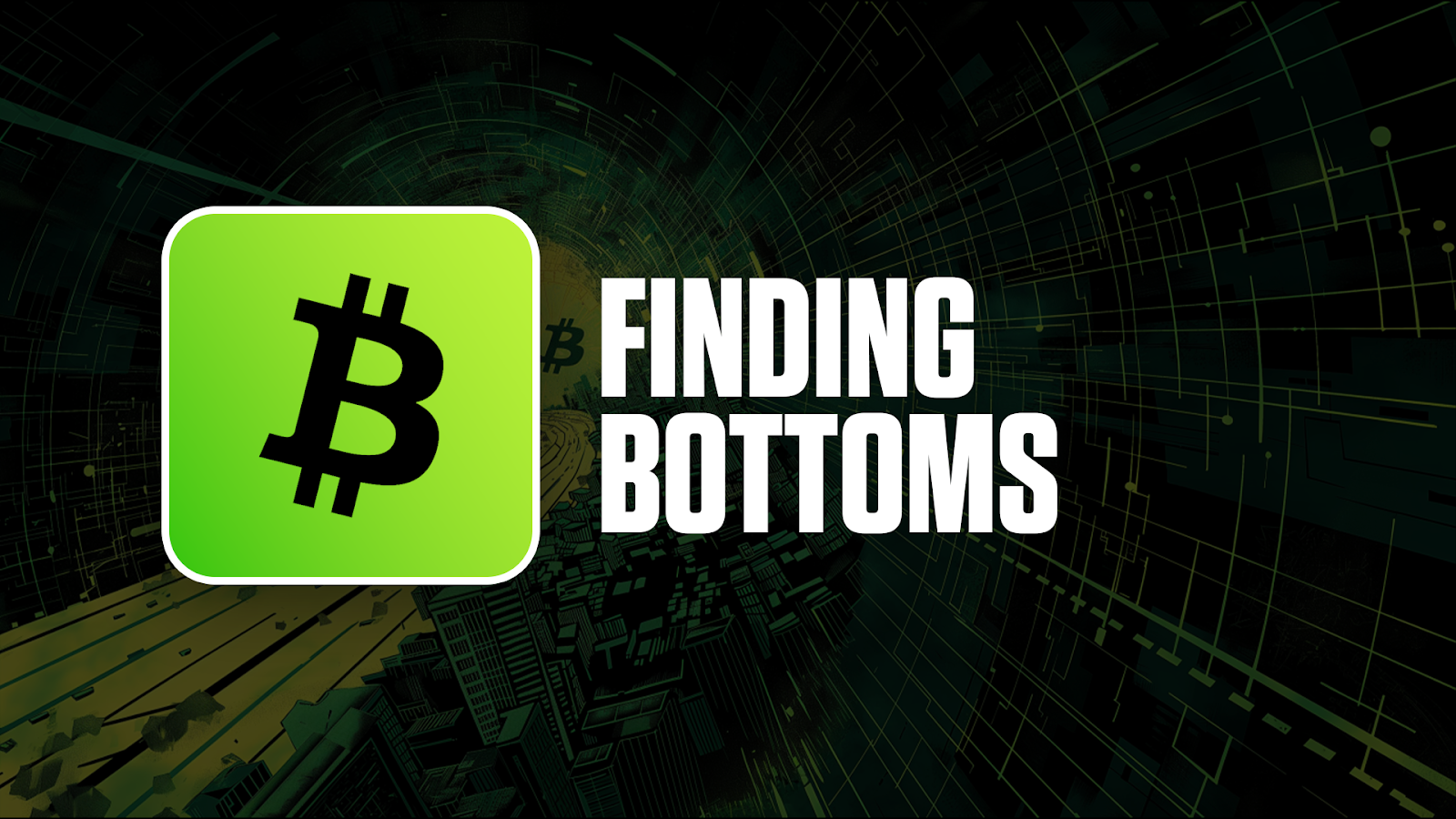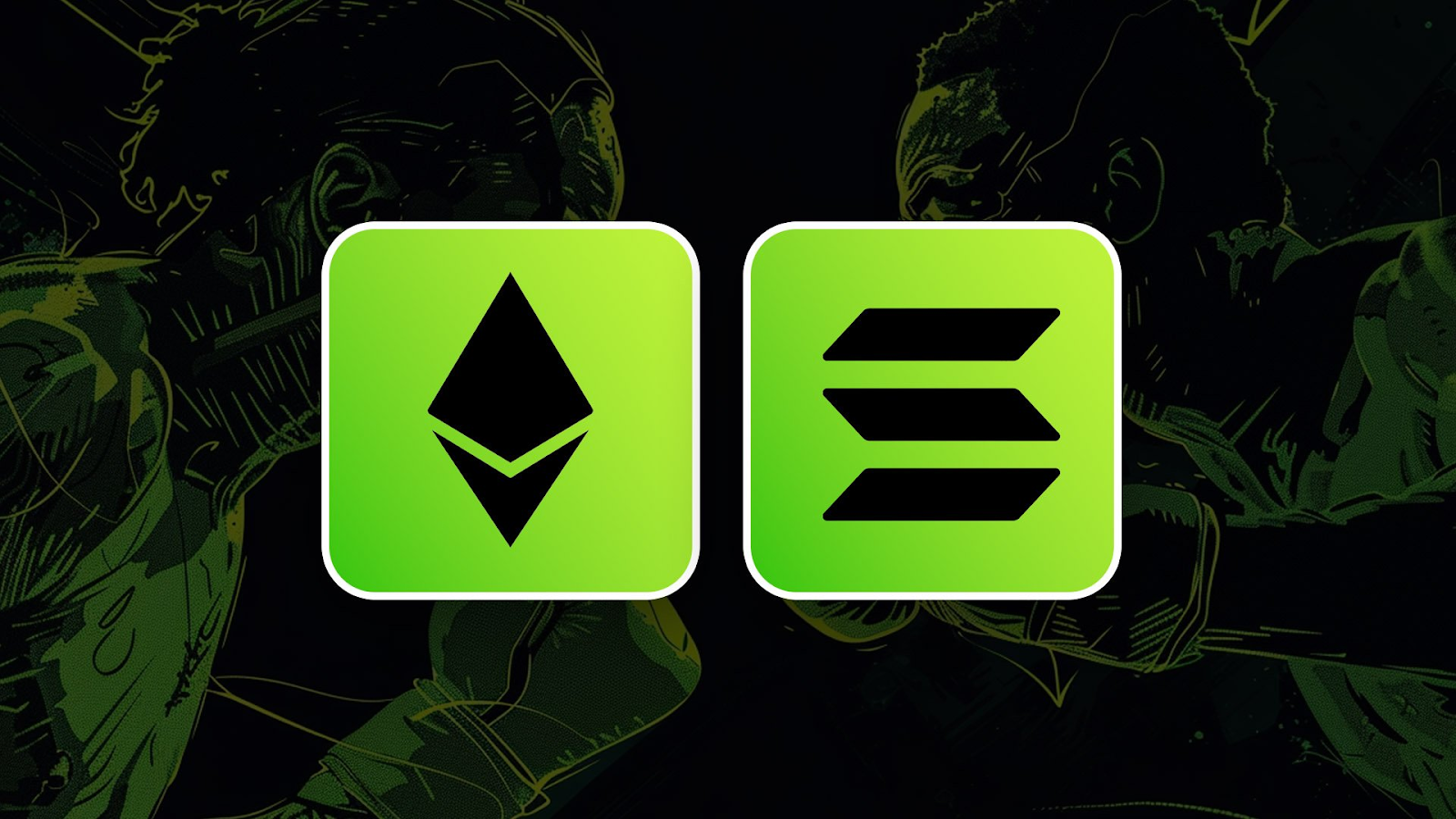Polkadot: The Giga-Brain Play
Earlier this month we released a Polkadot fundamentals report. If you haven’t already, we recommend reading through that fundamentals report here to have a better understanding of the ecosystem and the content of this journal before we go into more detail on specific projects.
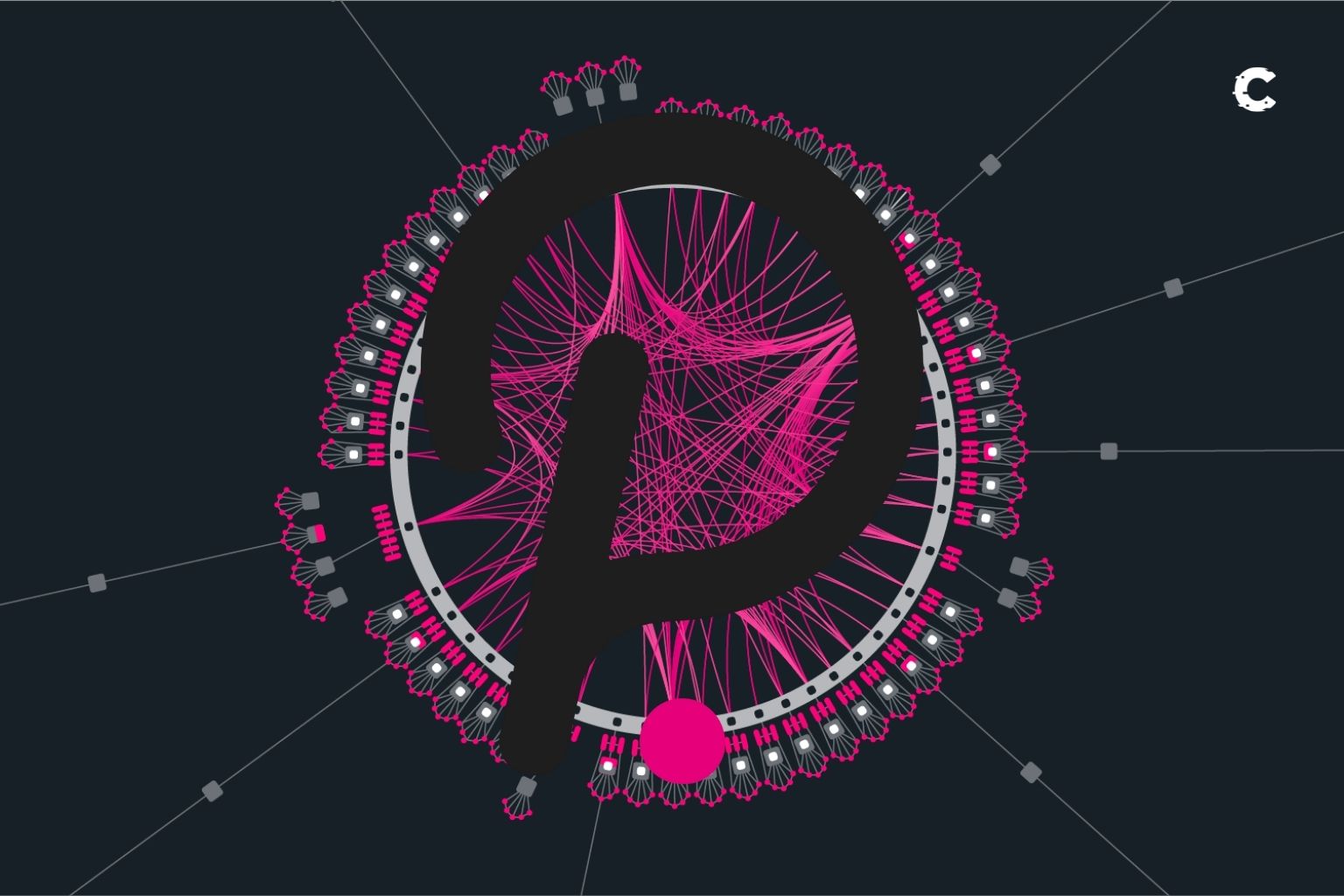
The Giga-Brain Play when it comes to Polkadot is not just owning the tokens (if one is bullish on this ecosystem) but putting these tokens to use and trying to maximise the value earned during the holding period. Enter Parachain Auctions.
We have compiled a list of projects that we expect to participate in the Polkadot Parachain auctions when they go live.
Please note that there are no guarantees that these projects will win their auction – this is simply a list of projects that we believe have the highest potential going forward.
It is still unclear when Parachains will go live on Polkadot, but the intention is for this journal to be used as a reference once the date has been confirmed.
Disclaimer: NOT FINANCIAL NOR INVESTMENT ADVICE. Only you are responsible for any capital-related decisions you make and only you are accountable for the results.
Parachain Auction Dates (Update: 14/10/2021)
In a recent update on Twitter, Polkadot announced the dates for parachain auctions (subject to governance approval). Please note that there may be a 28-day period for unbonding DOT. The 11th of November is exactly 28-days from today (14th October), so plan accordingly if participating in these auctions. The dates are as follows:
Batch 1
- Auction Slot #1 - Nov. 11, 2021 - Nov. 18, 2021.
- Auction Slot #2 - Nov. 18, 2021 - Nov. 25, 2021.
- Auction Slot #3 - Nov. 25, 2021 - Dec. 2, 2021.
- Auction Slot #4 - Dec. 2, 2021 - Dec. 9, 2021.
- Auction Slot #5 - Dec. 9, 2021 - Dec. 16, 2021.
- Auction Slot #6 - Dec. 23, 2021 - Dec. 30, 2021.
- Auction Slot #7 - Jan. 6, 2022 - Jan. 13, 2022.
- Auction Slot #8 - Jan. 20, 2022 - Jan. 27, 2022.
- Auction Slot #9 - Feb. 3, 2022 - Feb. 10, 2022.
- Auction Slot #10 - Feb. 17, 2022 - Feb. 24, 2022.
TLDR
- Polkadot Parachain Auctions will begin 11th of November 2021.
- We believe that Acala and Moonbeam are the two most attractive projects we have seen so far.
- Acala (ACA) is a crosschain DeFi project looking to become the main DeFi hub for the Polkadot ecosystem.
- Moonbeam (GLMR) is essentially a bridge that allows Ethereum developers to also develop on Polkadot using Solidity, the programming language used for Ethereum smart contracts.
- Further information about Polkadot, and Parachain Auctions, can be found here.
- The remainder of this article covers Acala, Moonbeam, Phala, and Darwinia Network.
Acala
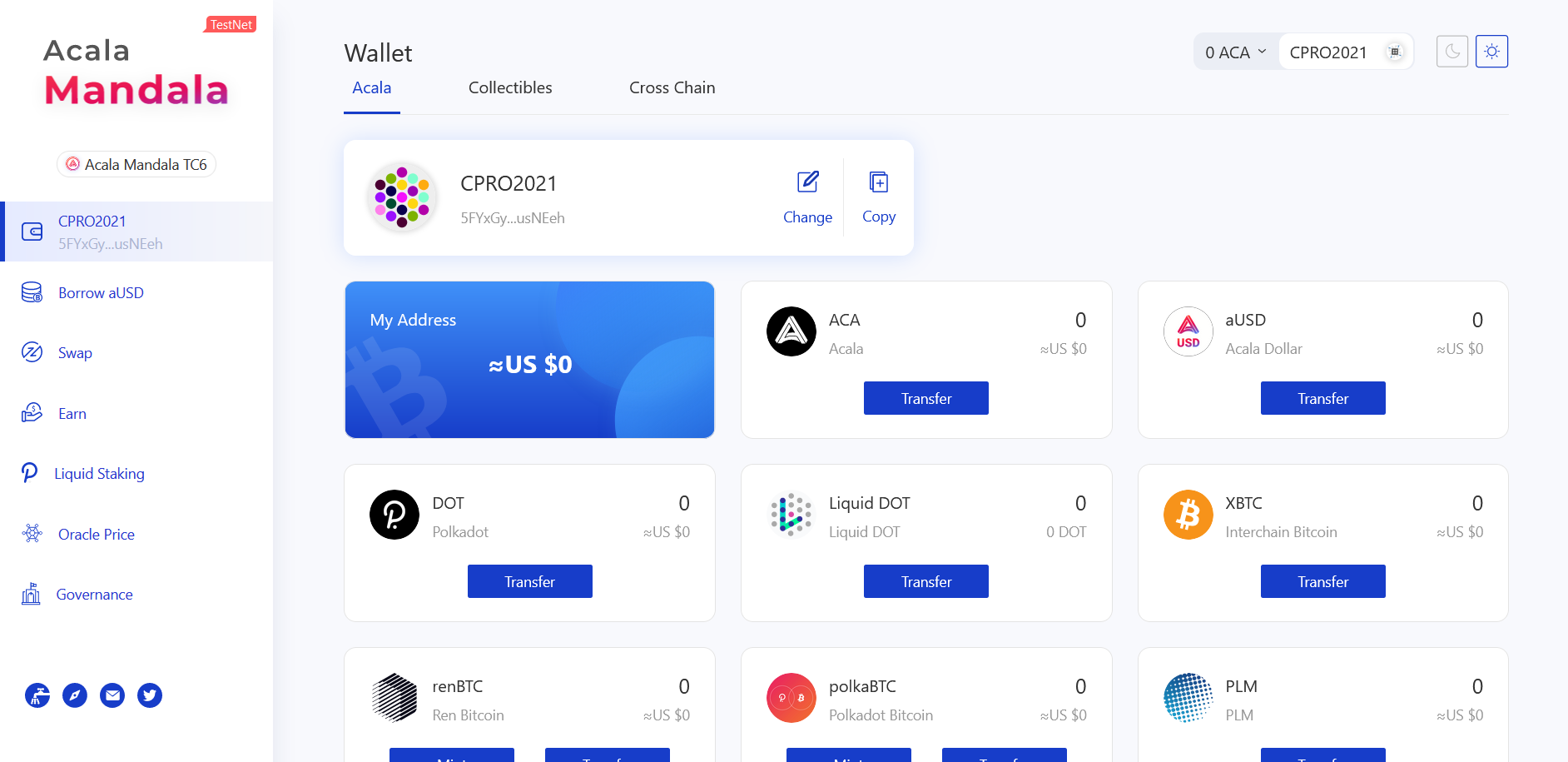
Acala is a cross-chain DeFi project that aims to be the prime DeFi hub for the Polkadot ecosystem. From the Acala hub, users can carry out various swaps, take out collateralised loans, stake, and other tasks on the Polkadot network all from one interface. Acala Dollar (aUSD) is the stablecoin used in on the protocol and can be generated using over-collateralised crypto assets such as BTC or ETH, similar to how Synthetic USD is minted on Synthetix.
ACA is the governance and utility token for Acala network and will be used for voting rights in the DAO, paying fees, and as a contingency for recapitalising the collateral pool for the aUSD stablecoin in the event of insolvency. 1 billion ACA will be minted at launch, and the token distribution will be as follows:
- 20% for the Acala Team.
- 5% for the Ecosystem – for grants and bug bounties etc.
- 11% for the Acala Treasury.
- 30% for Strategic/Seed Investors.
- 34% for various rewards – IPO participants, liquidity providers, oracle operators, collators etc.
Overall, what Acala seeks to achieve in terms of cross-chain interoperability is the main selling point. You can’t use Solana assets on Ethereum or Binance Smart Chain protocols - the Polkadot network provides projects like Acala with the means to facilitate this utility.
Moonbeam
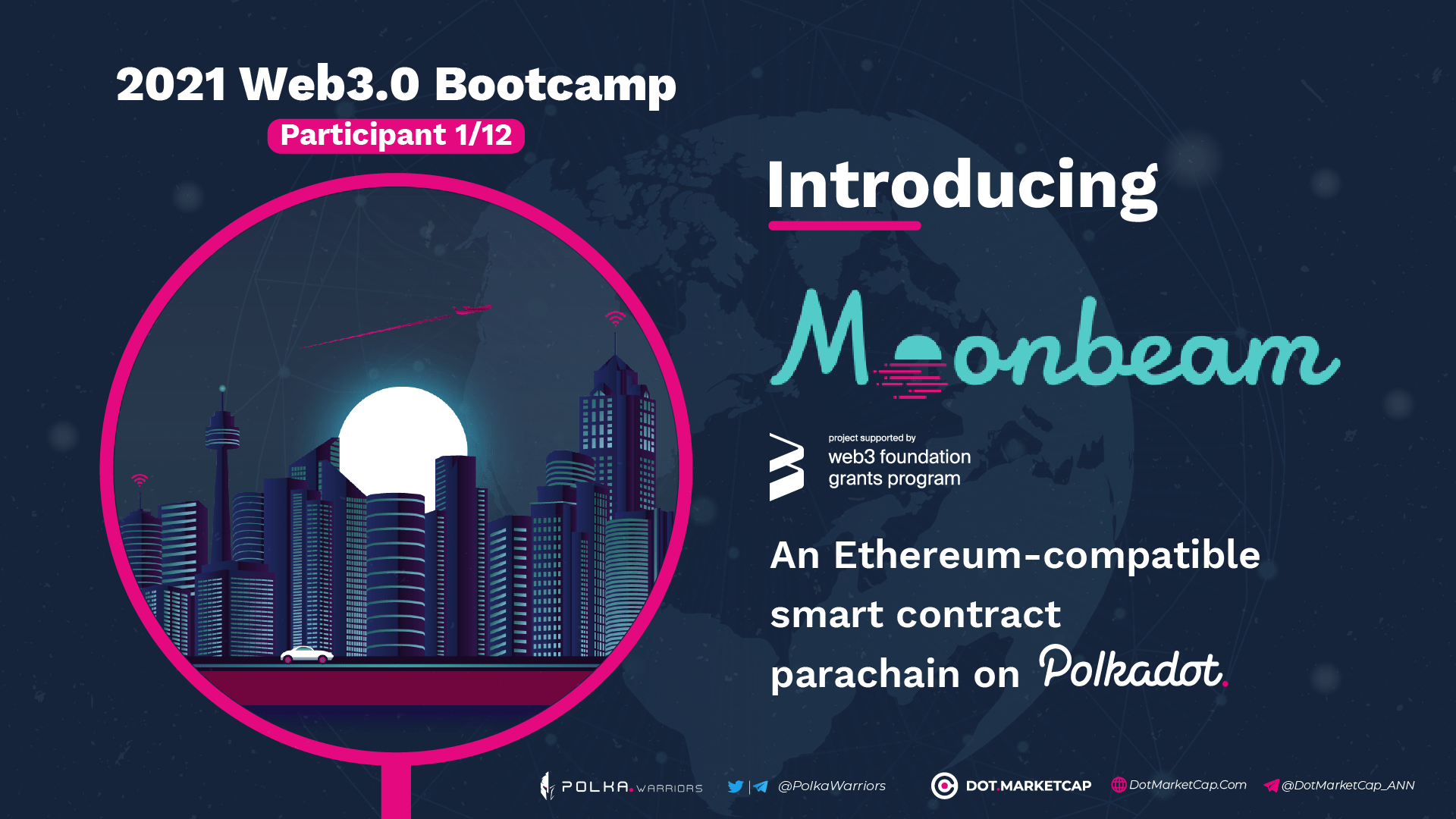
Moonbeam is a Parachain built on Polkadot that enables Ethereum-compatible smart contracts and expands the capabilities of Ethereum by providing the means for cross-chain operability with the Polkadot ecosystem. Moonbeam is essentially a bridge that allows Ethereum developers to also develop on Polkadot using Solidity, the programming language used for Ethereum smart contracts. Additionally, any existing smart contract will be supported through the Moonbeam Parachain which essentially links all Ethereum protocols to the Polkadot ecosystem. For more information around Ethereum, the EVM, and Solidity, have a look at our Ethereum fundamentals report here.
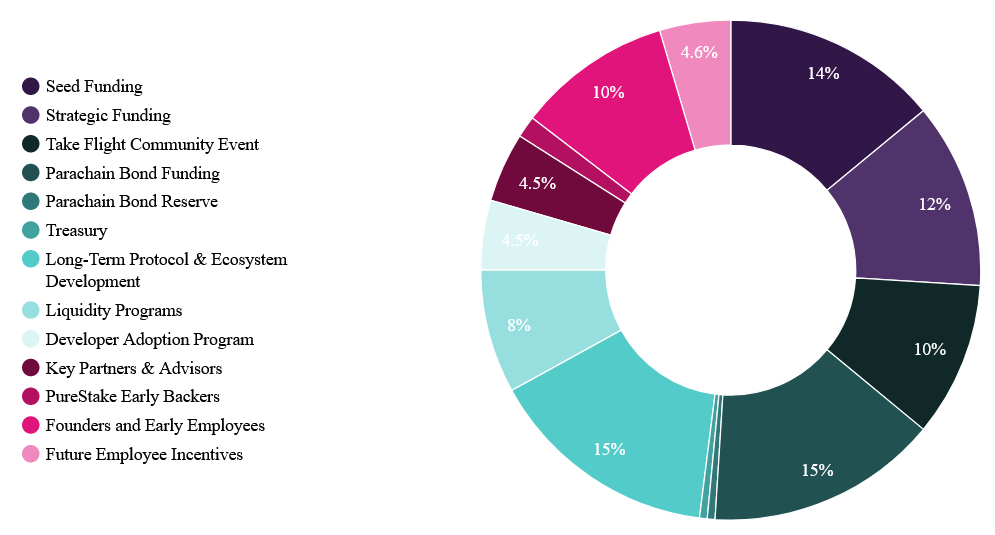
GLMR is the utility token native to the Moonbeam Parachain and is used for collator rewards, governance, paying transaction fees, and “gas metering” for both Polkadot and Ethereum smart contract execution. 1 billion GLMR tokens will be minted at launch, with an annual inflation rate of 5%. Now, bear with us - the token allocation is pretty extensive (we’ve simplified it in the outlined):
- 51% for Strategic/Seed investors, Founders & Early Developers.
- 10% for “Take Flight” community event – a token sale that took place at the start of September 2021 for community members.
- 5% for Parachain bonding – a fund used to pay for Parachain auctions and bonding etc.
- 5% for the Moonbeam Treasury (20% of network fees are sent here).
- 15% for Protocol and Ecosystem development.
- 8% for Liquidity Programs/Incentives.
The number of developers that specialise in Solidity is considerable with Ethereum hosting the vast majority of the DeFi market through its huge number of DApps. Moonbeam aims to tap into this ecosystem, connect Ethereum and Polkadot, and make it as easy as possible for Ethereum developers to utilise their expertise on Polkadot without having to learn a new programming language.
Phala
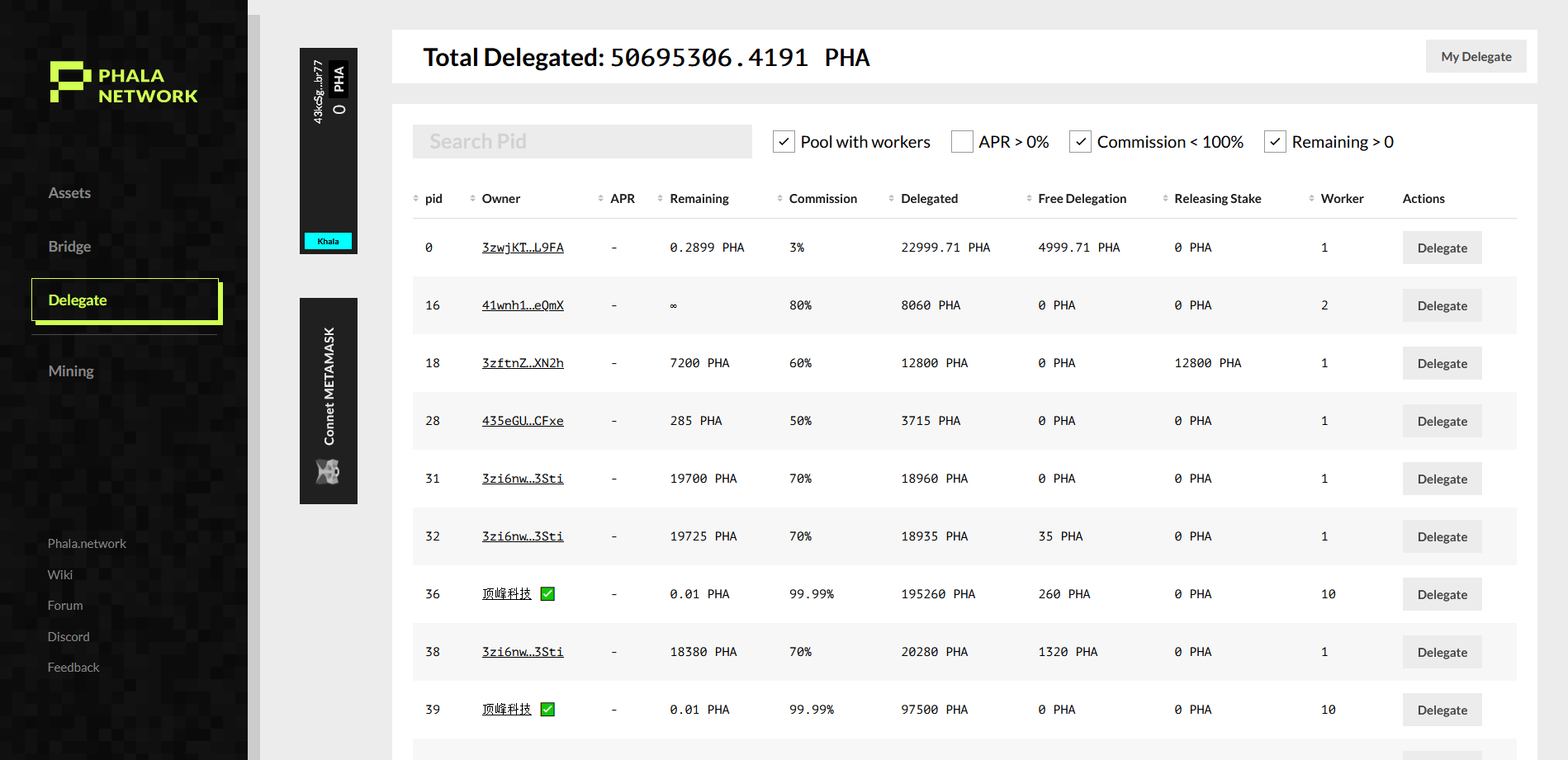
Google Analytics is used to track data from websites such as traffic, user location, how long each user stays on the site, and other information, allowing for targeted advertising and other marketing activities.
Phala is a trustless computation platform that enables cloud processing without sacrificing privacy or security. On a standard blockchain the entire ledger with every transaction is public – consensus is tied to computation. By separating consensus from computation, Phala allows for large scale decentralised processing without sacrificing privacy or scalability.
With the ability to bridge to other chains, this means that Phala is one of the first viable on-chain alternatives to Google Analytics. Phala could also be used for other applications like privacy-protected trading on a decentralised exchange, or anonymous cross-chain bridging etc.
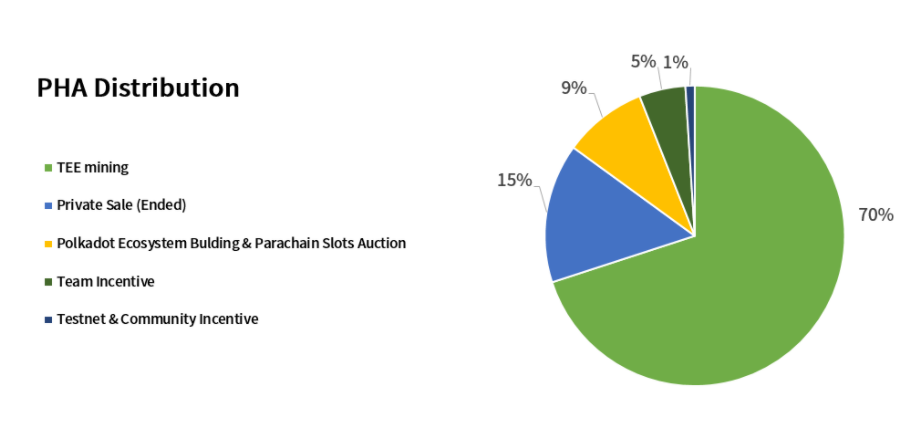
PHA is the utility and governance token, used for renting computational and storage resources (on-chain and off-chain), paying fees, collator/gatekeeper staking, and voting rights in the Phala DAO. PHA is currently trading on various exchanges such as Binance/Huobi/Okex/Kucoin and a couple of DEXs. At the time of writing there are 272 million PHA in circulation, with a max supply of 1 billion tokens.
6.3% of the 1 billion tokens (63 million PHA) will be allocated to the Phala Parachain auction. In the event of success, PHA tokens will be distributed to participants as a ratio of their staked DOT to the total staked in the crowdfunding campaign.
Darwinia Network
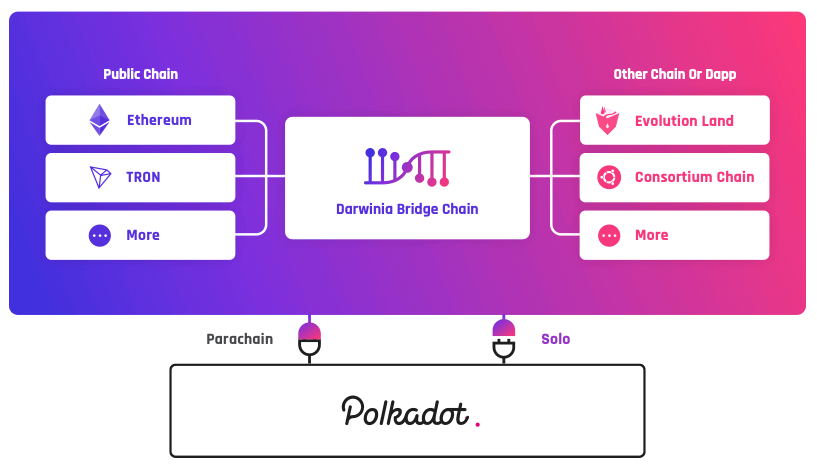
Darwinia is another bridging Parachain that will facilitate cross-chain transactions in areas such as NFT trading, DeFi, and gaming etc. A more generalised bridging solution than the other projects outlined above, Darwinia will allow connections to many heterogeneous chains such as Ethereum and TRON. The project uses a few technologies to achieve this in a highly performative and decentralised configuration, including ZK and Optimistic scaling – for more information on rollups check out this journal.
RING is the native token for the Darwinia network used primarily for gas fees and staking/securing the network. The initial circulating supply will be 2 billion with most of that vested for 5 years, and a hard cap of 10 billion RING to be emitted to validators/collators/node operators over a period of 40 years. The allocation is as follows:
- 30% for Financing – 10% for the first round, likely for Parachain crowdfunding.
- 20% for the Foundation.
- 15% for the Team
- 15% for Development/Marketing
- 20% for the Community – airdrops etc.
Crowdfunding Participation
As stated, all these projects will utilise crowdfunding to raise the capital necessary to win Parachain Auctions. But how do we participate? Since Parachains are not actually live yet we can only speculate, but here’s our educated guess.Kraken
Kraken has recently integrated Kusama Parachain auctions into their interface allowing users to stake and crowdfund directly from Kraken. We would anticipate that in the future Polkadot auctions will be accessible through Kraken as well – the link can be found here.
Mobile Wallets
There are a couple of mobile wallets available for interacting with Polkadot and Kusama. All that is required is native DOT – double-check that “Polkadot” is selected as the network when transferring DOT to any native Polkadot wallet. Here is an example on the Binance Mobile App:
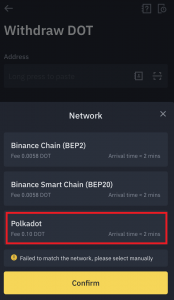
Fearless Wallet
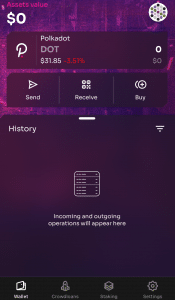
Fearless wallet is a native Polkadot wallet that provides access to crowdfunding and staking on both Polkadot and Kusama. Since there is a tab for “crowdloans” it is safe to assume that this will be an option once Parachain auctions are live. The app is straightforward to use and has a nice GUI, with no sign up required. Fearless is available on both the App Store and Play Store, here.
PolkaWallet
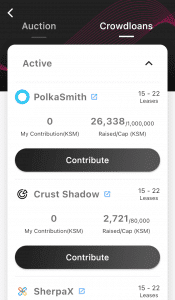
Another mobile Kusama/Polkadot wallet, PolkaWallet also looks like it will have crowdfunding and auction support – same deal as Fearless Wallet, no sign up required - here is the link. It is pretty much down to personal preference which wallet we use as they are almost identical other than the GUI and layout.


